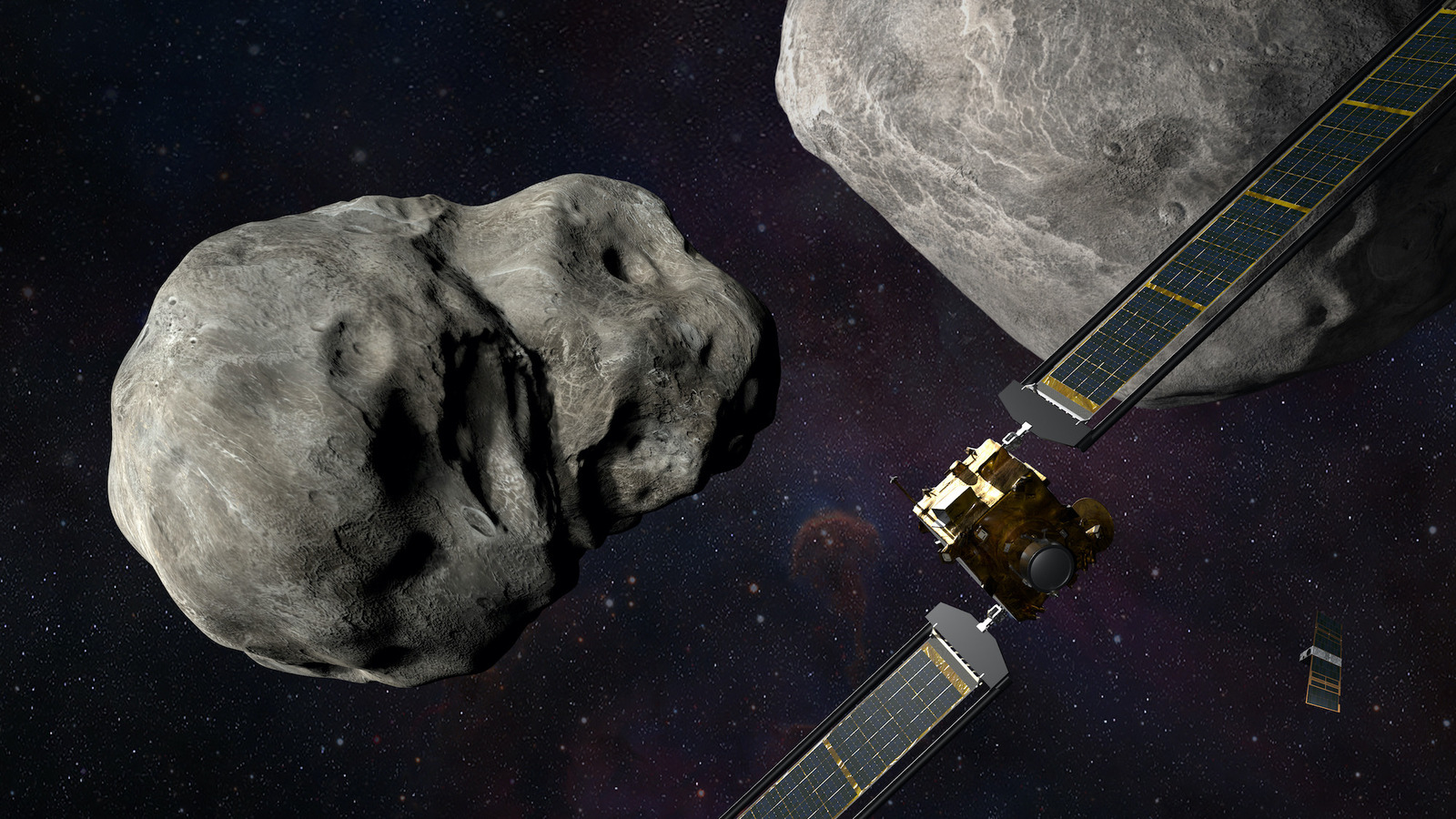NASA’s DART Mission Worked, Potentially Giving Earth A Defense Against Rogue Asteroids

The Double Asteroid Redirect Test (DART) is an experimental mission that was launched in November 2021 to determine whether it is possible to deflect a celestial object by altering its orbit using a kinetic impact. In layman’s terms, this simply means hitting an orbiting asteroid with enough force to cause it to change its course and move away from its original path.
To demonstrate this, NASA targeted a near-Earth asteroid called Dimorphos, which itself orbits a larger asteroid called Didymos. Nine months after NASA sent the DART impactor on a collision course with Dimorphos, it impacted the asteroid on September 26, 2022. Initial data from the collision looked promising, with NASA detecting a debris trail emanating from the asteroid 6,000 miles long. NASA scientists took a little over two weeks to analyze the impact results, and on October 11, 2022, they declared the DART mission a success.
NASA’s observation revealed that the impact of the DART collider had altered the orbit of Dimorphos by 32 minutes. Considering that NASA only needed to change the orbital time by 73 seconds to declare the mission a success, the half-hour change to the orbital time confirms that the mission did what it intended. Following the mission’s success, NASA administrator Bill Nelson deemed the DART mission a watershed moment for planetary defense. NASA also clarified that the mission’s objective was merely experimental and that the asteroids — Dimorphos and Didymos — did not pose any threat to the Earth before or after the impact.
For all the latest Games News Click Here
For the latest news and updates, follow us on Google News.
